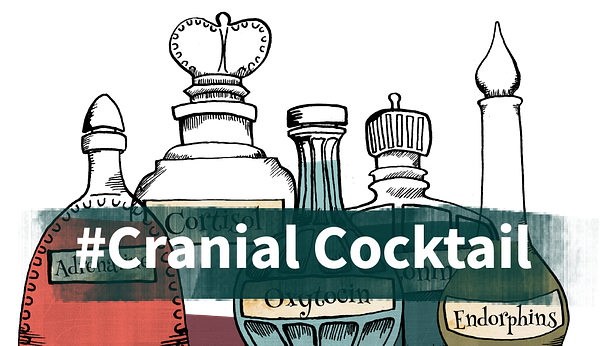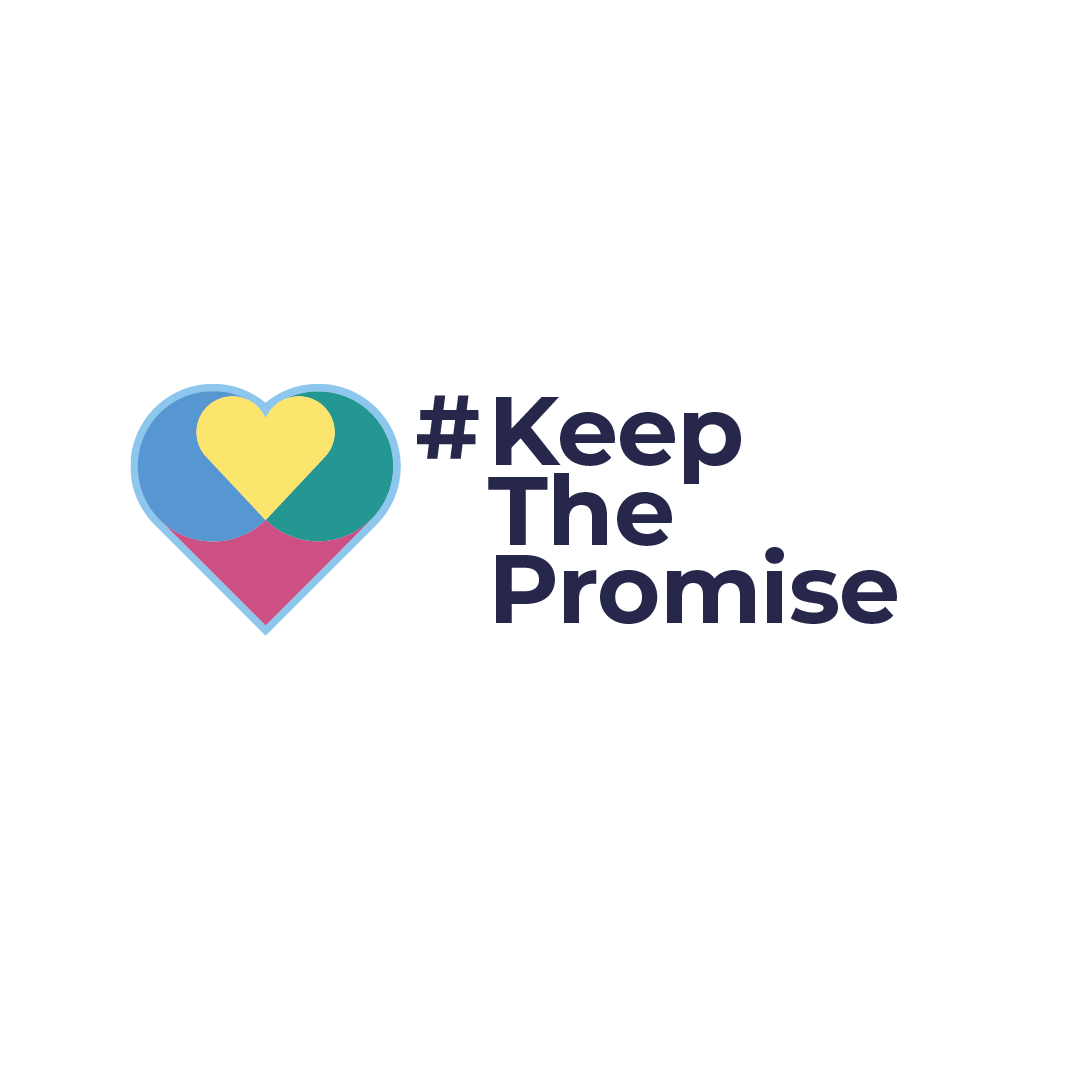Emotional Homunculus - Happy Anniversary!
We launched Emotional Homunculus four years ago. The world has changed, but not the value of the project's insights.

Looking back at the launch of our psychoeducational digital resource of Get to know your Emotional Homunculus and the Brain’s Amazing Drugs Cabinet in 2018 at Glasgow Science Centre in the company of Maree Todd, then Minister for Children and Young People, and 100 Young People / school pupils, it feels, although only four short years ago, like a different era. Yet some things remain constant even in the Covid-era – such as the science behind the project as well as the insights it provides into our moods and behaviour, particularly as they relate to conflict. Indeed, the pressures of the pandemic and its lockdowns has likely intensified for some people the pressures Emotional Homunculus can help to dial down.
The Emotional Homunculus and the Brain’s Amazing Drugs Cabinet built on our earlier digital resources Monkey Vs Lizard and #KeepTheHeid, all three demonstrating Cyrenians Scottish Centre for Conflict Resolution’s commitment to reducing family conflict and youth homelessness through early intervention, mediation and conflict resolution. The project’s concept was inspired by Cortical Homunculus, an installation held at Glasgow Science Centre. The ‘cortical homunculus’ is the part of the brain that governs your reactions based on how it perceives external stimuli. Working with Dr Sara Watkin, we developed the concept of the ‘Emotional Homunculus’ which illustrates the ways in which behaviour is coloured by emotions and responses learned from previous experiences.
It's a rare response that isn’t in some way programmed by early experience, relationships and environment. The emotional part of our brain is like a vinyl record that has grooves scratched into it over our lifetime. It creates a response in our bodies; brain chemicals (neurotransmitters) are released which effect these changes based on our experiences (from early childhood to earlier this very day). Memory and learning – everything from activities such as learning to walk to playing a musical instrument – are all possible because the emotional brain stores information about stimuli and the best reaction, and over time uses emotion to build up experience which acts as a template for how we behave.
It’s not the case that the response programmed into your body is always the best one to use. The bad experiences that may lead a person to act in a certain way may no longer be a part of that person’s life but the way they react in certain stressful situations may continue to, causing that person new problems with the people closest to them. The Emotional Homunculus begins by explaining the brain chemistry before asking people to consider their own behaviour as a first step towards changing it if it has been disrupting relationships. The good news is that the way our brain uses emotion to operate – or causes us to act and react – can change. If we can understand what’s happening in our minds, in our bodies and in how we feel, then we can re-programme or retrain the brain to respond differently.
On our Emotional Homunculus web page you’ll find the various emotional states incarnated as vividly illustrated figures: ‘Fight or Flight’, ‘Anxious and Afraid’, ‘Freeze and Shutdown’ and so on. On the same page you’ll find a breakdown of the brain chemicals that create the ‘cranial cocktails’ that so affect our behaviour. For those who want to learn more or hold sessions that draw on our work, you can also find free downloadable booklets, short films, posters and digital cards.
As Maree Todd MSP said at the launch, ‘I’m hugely impressed by the quality of SCCR’s products, so I have no doubt at all that the new resources will be of real value to children and young people, parents and carers, and practitioners.’
Just for fun, we're linking here to a guide to how to actually make a 'cranial cocktail', which makes a nice introduction to mixology.





